How to explain the invisibility of the "Predator" using physics? (11 photos)
The Predator universe is another great world where Arnie has appeared. And there is no less physics there than in the Terminators. Perhaps the fact that the character is invisible is the most intriguing. Is there at least some real physics here or is it all fiction? 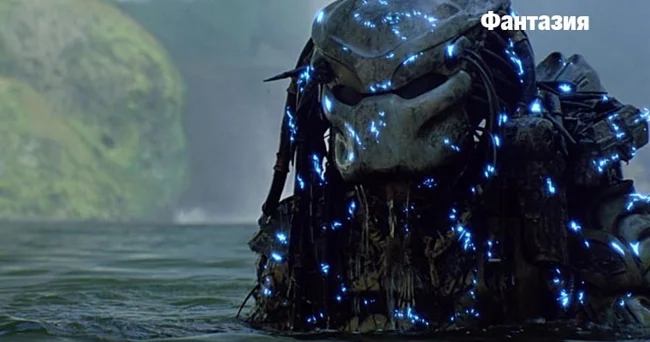
In the movie, the Predator disappears before our eyes, but leaves a shaky "shimmer" in the picture, like hot air over asphalt. From a physics perspective, this is similar to controlling how light passes around an object. 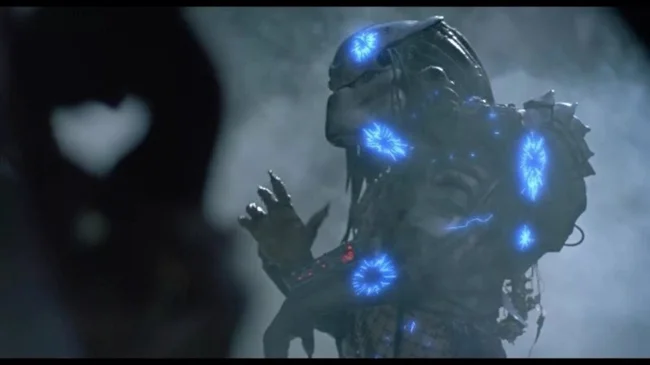
In nature, light in a transparent medium follows the path with the shortest "optical length", which depends on the refractive index. If we can make the refractive index change around the body exactly as if there were just air there, the rays will not notice the obstacle. The viewer will see what is behind, and the object itself will fall out of sight almost like a stone in a river, around which the water is led away in smooth channels, without forming splashes.
The most objective path to such invisibility is transformation optics. The idea is to mathematically distort the space around the object as if it were not there, and then implement this distortion with a material with the necessary electrical and magnetic properties.
For light, this means a shell whose refractive index and anisotropy change from point to point and from direction to direction. In practice, such a shell is made not of glass, but of metasurfaces and metamaterials: arrays of microstructures that control the wave like a phased antenna, adding the necessary delay and phase shift to each photon. 
If the Predator is dressed in a multi-layered suit of active metasurfaces, it can redirect rays around itself so that the observer's eye (or camera) gets an almost correct picture of the background.
Why almost? Because ideal camouflage is limited by strict restrictions. Light is not only direction and brightness, but also spectrum, polarization, phase structure. It is extremely difficult to hide a macro object in the air broadband and at all angles. 
There are luminosity conservation theorems, due to which an ideal cloak without losses and distortions for all wavelengths and angles is unattainable. This means that real camouflage has compromises: it works only in a narrow range of the spectrum, for limited angles of view, or at the cost of noticeable artifacts.
In the film, these artifacts are visible - trembling contours and "seams" at the boundaries, especially when the camera or the Predator are moving. 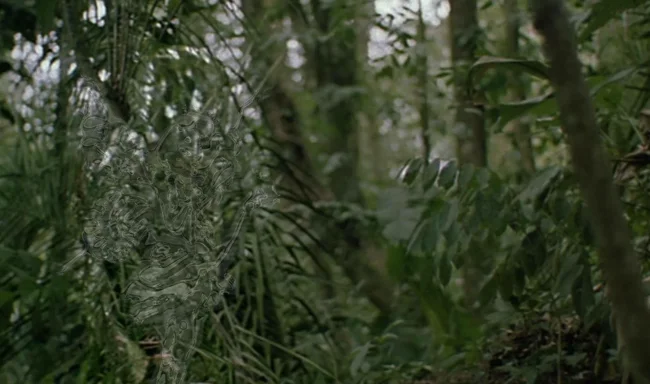
There is also a more earthly approach: active camouflage projection. Imagine a suit completely covered with microdisplays and sensors that film the surrounding scene, calculate how it should look "through" the Predator, taking into account the geometry, and immediately draw this picture on the surface.
This is dynamic mimicry - not hiding the light, but deceiving the viewer by imitating the background. In a stationary scene and for one observer, this can work impressively. But as soon as a second observer appears from a different angle, the picture ceases to be correct: each beam has its own correspondence of pixel and direction, and the same pixel cannot simultaneously "shine correctly" for everyone.
Hence the cinematic image disturbances and noticeable breakage of the illusion with sharp movements - the system does not have time to recalculate and redraw the light at new angles. 
The film gives hints about multispectral struggle. Arnie covers himself in mud - thermal visibility drops. For invisibility, it is not enough to hide in the visible range. A living body shines in the infrared range, and mechanics - in sound, vibrations, radio frequencies.
So, the Predator suit needs a technology package: an optical shell for the visible, thermal insulation and active cooling for IR cameras, suppression of reflections in the near IR, polarization control, and at the same time absorption and scattering in the radio range, so as not to glare on the radar.
Any rain or fog is a multitude of additional scattering particles. They destroy the fine tuning of phases and the refractive index, which is why the contours of the cloak become visible. Drops cling to the surface, changing the local profile of the material, and the camouflage rustles in the light, like defects in a lens. This is what we see in the frame. 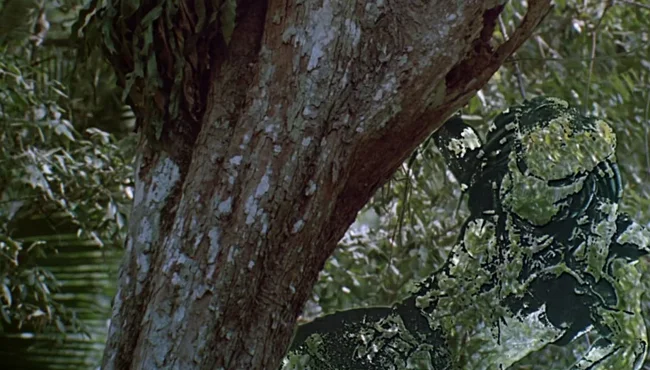
The energy situation is also not smooth. An active cloak must measure the field around itself in real time (with cameras, lidar), calculate a phase and amplitude map, and then synthesize the desired wave type on each microsection of the shell. This is billions of operations per second and a significant power for radiation/absorption. Any loss leads to heating, and heat must be removed so as not to be illuminated in IR. Hence the thick layers of heat-absorbing materials, heat pipes, possibly effects with phase transitions (hidden melting reserve), which swallow heat for a minute or two, and then release it when the threat is less. The mass of such a system is not small, and in reality it worsens maneuverability. 
The geometry question is interesting. Light passing through the cloak must exit with the same phase and direction as if it had passed in a straight line. This means that the shell solves the inverse problem. For a given input beam, find the distribution of local delays that will collect the beam without aberrations onto the original trajectory. In statics and for a narrow set of angles, this is similar to a perfectly polished aspherical lens, only deployed around the object. In dynamics, the Doppler effect also comes into play. When the surface of the cloak moves, the relative frequency of the light shifts, and the system must compensate for these tiny shifts, otherwise motion glare will appear in the polarization and spectral channels. 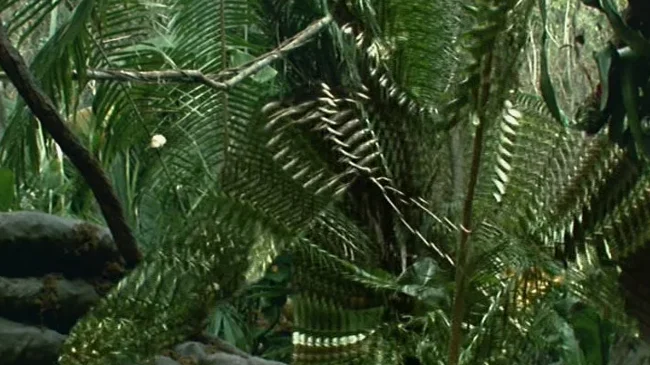
Why does the Predator give itself away in the forest more often than in the city? The forest provides rich texture at all scales. From sun glare on the leaves to the fine veins of the bark pattern. Even small errors in restoring the background become noticeable. The smooth surfaces of the city are more forgiving. The correct specular highlight can be painted on, but it is more difficult to recalculate the complex chaos of foliage. 
What is the closest to a realistic suit? A combination of three layers. Inside is a thermal suit to smooth out the IR portrait. Outside is an adaptive skin made of metasurfaces that control refraction and reflection in the visible and near IR (microantenna elements, liquid crystal cells, electro-optical films). On top of all this is an active visual texture - microdisplays and micromirrors that draw fine details of the background in a narrow range of angles.
Such a hybrid will not become magically transparent, but will give that very cinematic effect. Disappear for seconds in a still scene, and when moving, leave only a flickering of contours. 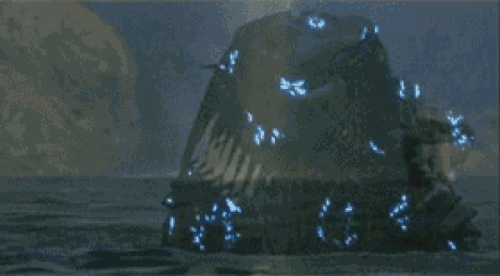
And finally, the limits are fundamental. It is impossible to deceive all ranges at once, all observers and in all conditions. Modern physics allows making the object's visibility radically lower - in narrow frequency windows, at limited angles, for a limited time, at the cost of energy, mass and fragility of the system.
That is why the Predator's invisibility looks plausible until the first rain, until the first thermal imaging lens or until the enemy approaches from the other side. For the viewer, this is magic. For physics, this is a delicate balance between wave transformation and inevitable leaks, by which reality still gives away the focus.






























